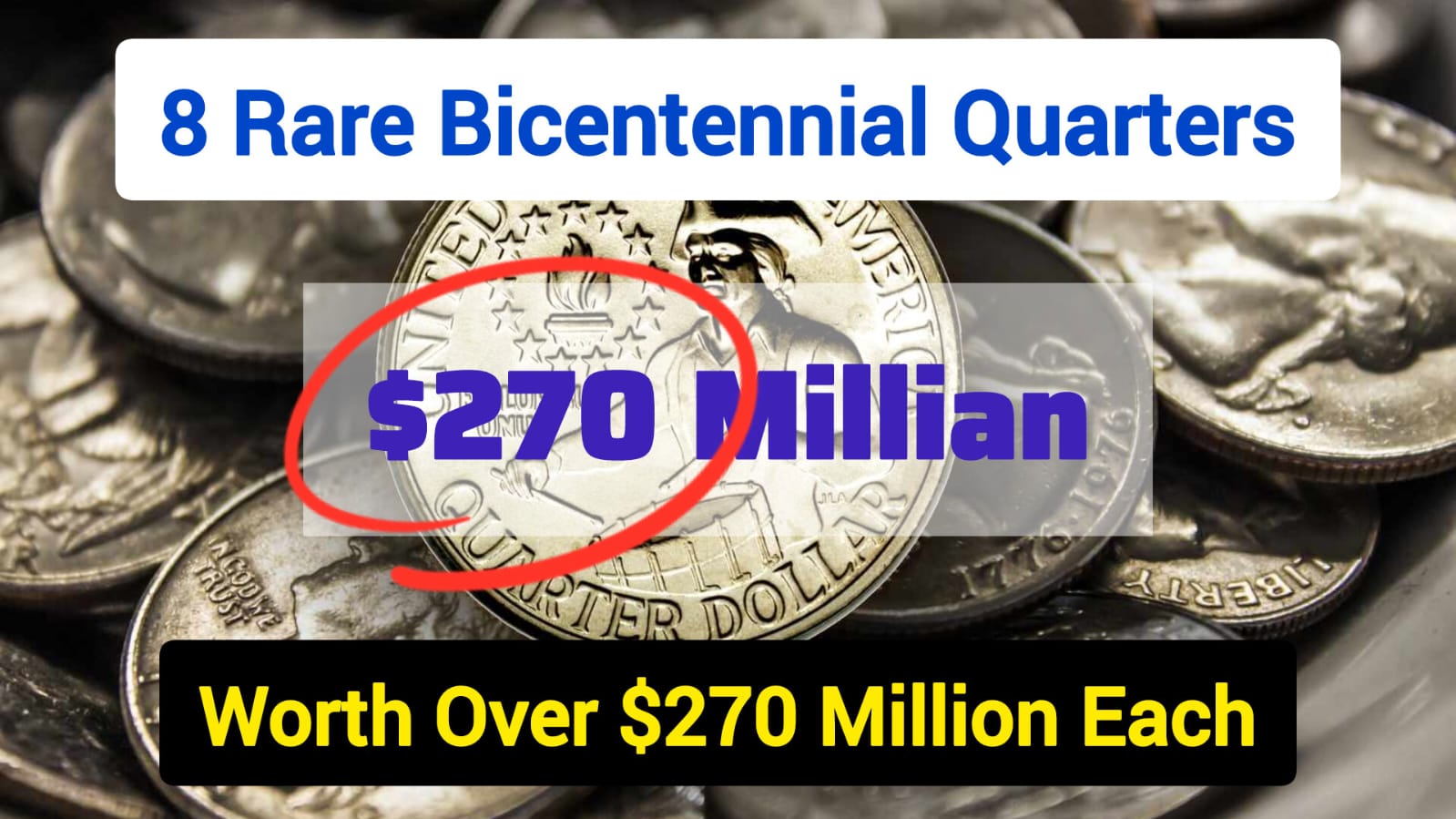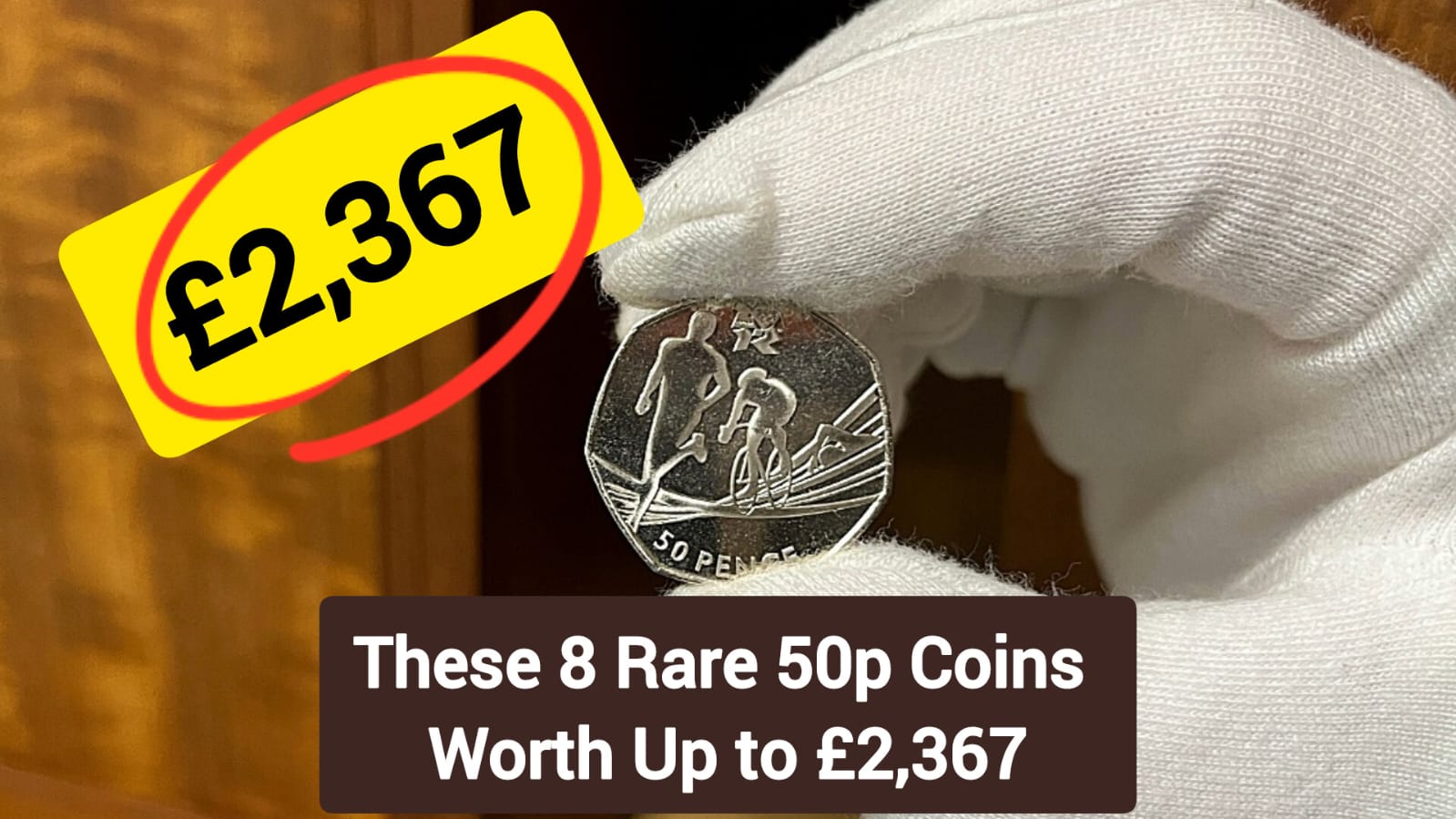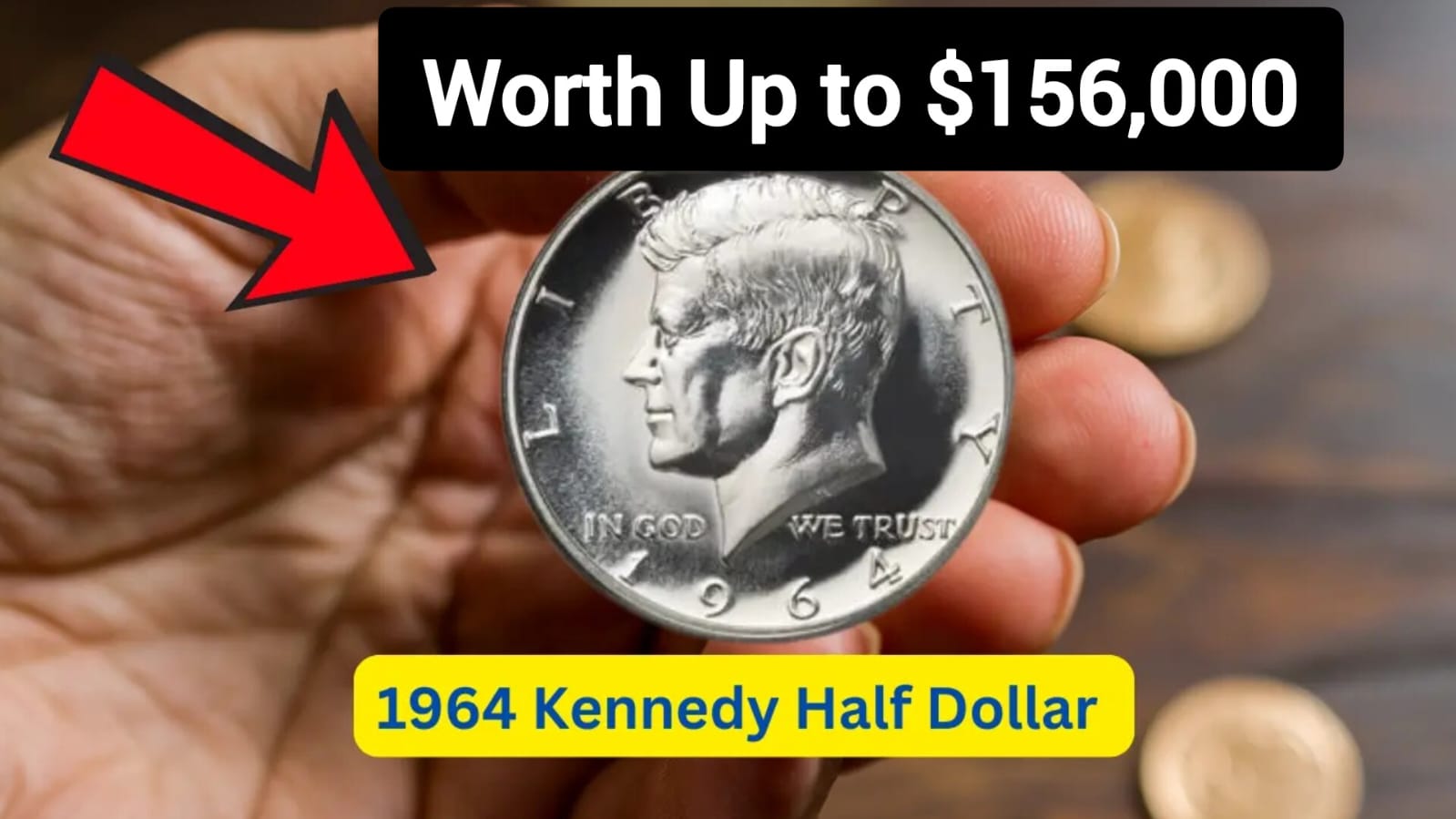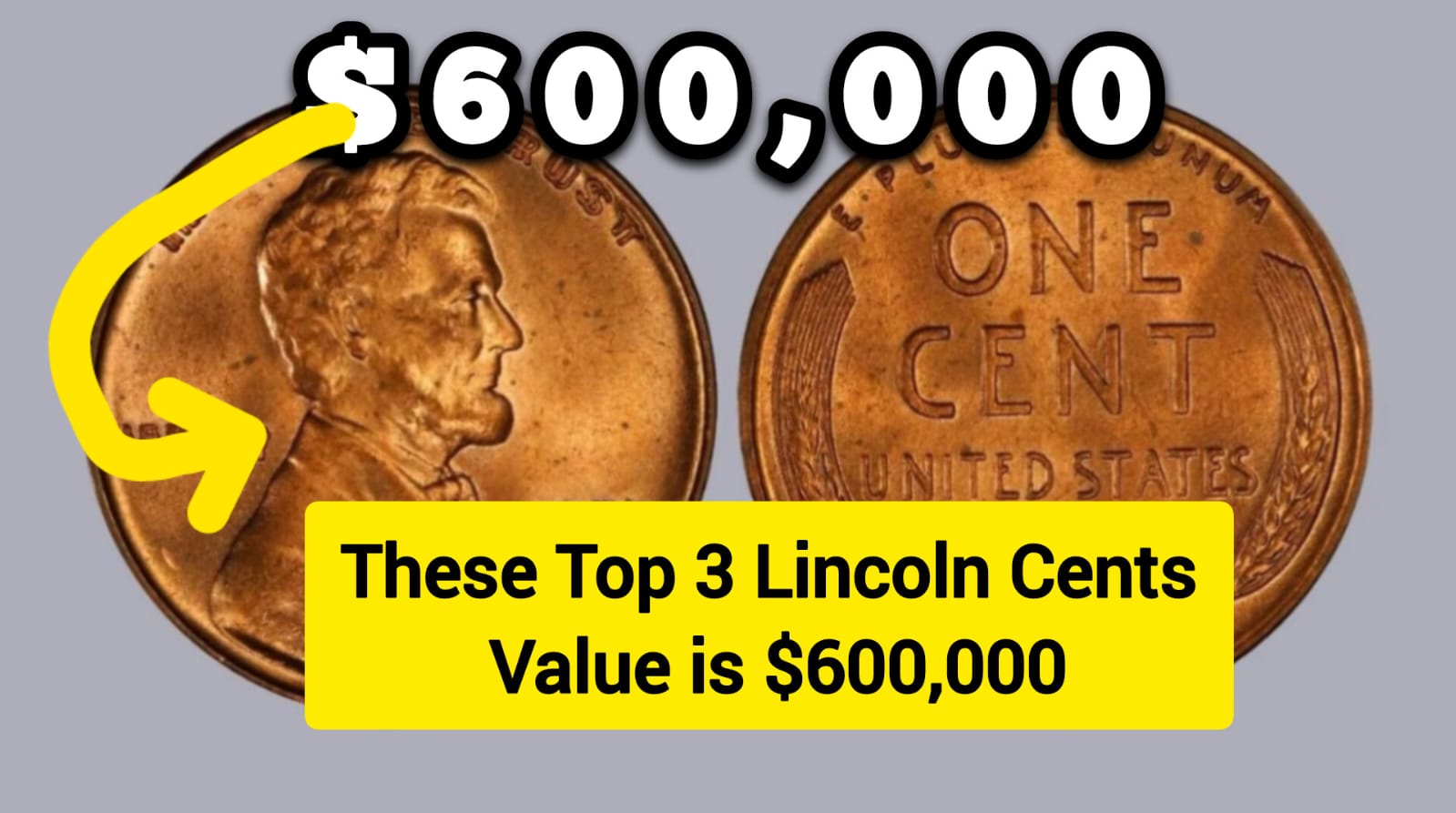Bicentennial Quarters: Have you ever glanced at the loose change in your pocket and wondered if any of those coins could be worth a fortune? While most quarters are worth exactly 25 cents, some rare Bicentennial Quarters from 1976 could potentially be worth thousands or even millions of dollars to the right collector.
These commemorative coins, minted to celebrate America’s 200th birthday, have become the subject of viral headlines claiming values as high as $270 million each. But what’s the real story behind these coins, and could you actually be carrying a small fortune in your pocket?
In this article, I’ll separate fact from fiction about these iconic American coins. We’ll explore which Bicentennial Quarters are genuinely valuable, what specific features to look for, and how to determine if your quarter might be worth more than its face value. So before you spend that 1976 quarter on a gumball, let’s dive into the fascinating world of rare Bicentennial Quarters!
The Truth About Bicentennial Quarter Values
Let’s address the elephant in the room right away: despite viral headlines claiming Bicentennial Quarters worth $270 million or even $590 million, no quarter has ever sold for anywhere near these astronomical figures.
These sensationalized claims are simply not based in reality. It’s like saying your houseplant is worth the price of a mansion – wishful thinking at best!
However, that doesn’t mean your Bicentennial Quarters are worthless. In fact, certain rare varieties with specific minting errors or in pristine condition can be worth thousands of dollars.
The most valuable authenticated sale of a Bicentennial Quarter was a 1976-S Silver Proof that sold for $19,200 – still an impressive return on a 25-cent investment!
The Bicentennial Quarter was produced between 1975 and 1976 to commemorate America’s 200th anniversary of independence. These coins are easily identifiable by their unique reverse design featuring a colonial drummer boy and the dual date “1776-1976” on the obverse.
The U.S. Mint produced these coins in massive quantities – over 1.6 billion from the Philadelphia and Denver mints combined, plus special silver and proof versions from San Francisco.
8 Valuable Bicentennial Quarter Varieties
While you won’t find a $270 million quarter, here are eight genuinely valuable Bicentennial Quarter varieties that could be worth checking your change for:
1. 1976-S Silver Proof Bicentennial Quarter
The San Francisco Mint produced special proof versions containing 40% silver specifically for collectors. In perfect condition (graded PF70 by professional grading services), these coins have sold for up to $19,200. Even in lower grades, they’re typically worth $10-$20, significantly more than face value.
2. 1976-D Bicentennial Quarter with Double Die Obverse
This rare error occurs when the die used to strike the coin creates a doubling effect on the design elements. The doubling is most noticeable in the lettering of “LIBERTY” and “IN GOD WE TRUST.” Depending on the severity of the doubling and the coin’s condition, these error coins can fetch between $2,000 and $25,000.
3. 1976 Bicentennial Quarter with Clipped Planchet
When the metal blank (planchet) used to make the coin is improperly cut, it results in a coin with a distinctive “bite” taken out of it. These error coins can be worth between $300 and $20,000 depending on the size and location of the clip.
4. 1976-S Type 1 Proof Bicentennial Quarter
Early proof versions featured a slightly different design variation with a smaller date. These Type 1 proofs can sell for up to $10,000 in perfect condition.
5. 1976 Bicentennial Quarter Struck on Wrong Planchet
In rare cases, Bicentennial Quarters were mistakenly struck on planchets intended for other denominations. These dramatic errors can be extremely valuable, with some examples selling for up to $45,000 or more.
6. 1976-D Bicentennial Quarter with Wide Rim Error
This variety features an unusually wide rim due to a minting error. In top condition, these coins can be worth up to $10,000.
7. 1976 Bicentennial Quarter with Off-Center Strike
When a coin is struck off-center, part of the design is missing and there’s a blank crescent on part of the coin. Depending on how dramatic the off-center strike is, these errors can be worth between $1,000 and $8,000.
8. 1976 Bicentennial Quarter with Missing Clad Layer
Bicentennial Quarters were typically made with a copper core sandwiched between two outer layers of copper-nickel. When one of these outer layers is missing, it exposes the copper core and creates a distinctive appearance. These error coins can fetch between $1,500 and $10,000.
How to Identify Valuable Bicentennial Quarters
Now that you know what to look for, here’s how to determine if your Bicentennial Quarter might be valuable:
Check the Mint Mark
First, look for the mint mark on the obverse (front) side of the coin, near Washington’s ponytail:
- No mint mark: Philadelphia
- “D”: Denver
- “S”: San Francisco
The “S” mint mark is the least common and potentially most valuable, especially if it’s a silver proof or uncirculated version.
Examine for Errors
Using a magnifying glass, carefully inspect your coin for any of these valuable errors:
- Doubling in the lettering or design elements
- Off-center strikes where part of the design is missing
- Clipped edges or irregular shapes
- Unusual coloration that might indicate missing layers
Assess the Condition
Coin condition dramatically affects value. Professional numismatists use a 70-point scale:
- MS/PF 60-70: Uncirculated/Proof condition
- AU 50-58: Almost Uncirculated
- XF 40-45: Extremely Fine
- VF 20-35: Very Fine
- F 12-15: Fine
- VG 8-10: Very Good
- G 4-6: Good
- AG 3: About Good
- P 1-2: Poor
The higher the grade, the more valuable the coin. Coins in MS/PF 67 or higher can command significant premiums.
Verify Composition
Silver Bicentennial Quarters weigh slightly more (5.75g) than standard copper-nickel clad quarters (5.67g). A simple kitchen scale can help you determine if your quarter might contain silver.
| Bicentennial Quarter Type | Key Features | Potential Value Range |
|---|---|---|
| 1976-S Silver Proof | “S” mint mark, 40% silver, mirror-like finish | $10 – $19,200 |
| 1976-D Double Die Obverse | Doubling in lettering | $2,000 – $25,000 |
| 1976 Clipped Planchet | Missing section of coin | $300 – $20,000 |
| 1976-S Type 1 Proof | Smaller date variation | $100 – $10,000 |
| 1976 Wrong Planchet | Struck on incorrect blank | $5,000 – $45,000 |
| 1976-D Wide Rim | Unusually thick rim | $100 – $10,000 |
| 1976 Off-Center Strike | Misaligned design | $1,000 – $8,000 |
| 1976 Missing Clad Layer | Exposed copper core | $1,500 – $10,000 |
What to Do If You Find a Valuable Quarter
If you believe you’ve found a potentially valuable Bicentennial Quarter, follow these steps:
- Don’t clean it! Cleaning can significantly reduce a coin’s value.
- Handle with care. Use cotton gloves or hold the coin by its edges to avoid adding oils or fingerprints.
- Store it properly. Place it in a non-PVC coin holder to protect it from damage.
- Consider professional grading. Services like PCGS or NGC can authenticate and grade your coin, which often increases its marketability and value.
- Research current market values. Check recent auction results to get an idea of what similar coins are selling for.
Remember, finding a truly valuable coin is like discovering a needle in a haystack, but it’s not impossible. Millions of Bicentennial Quarters were produced, but only a tiny fraction have the errors or characteristics that make them valuable to collectors.
Conclusion
While the viral claims of Bicentennial Quarters worth hundreds of millions are greatly exaggerated, there are genuinely valuable versions of these historic coins that could be hiding in your pocket change or coin jar. The most valuable authenticated Bicentennial Quarter sold for $19,200 – still an impressive sum for a 25-cent coin!
The key to finding valuable Bicentennial Quarters lies in knowing exactly what to look for: mint marks, errors, condition, and composition. Even if you don’t discover a five-figure rarity, the hunt itself can be an enjoyable introduction to the fascinating world of coin collecting.
So before you dismiss that 1976 quarter as just another piece of pocket change, take a closer look. You never know – you might just be holding a numismatic treasure that’s worth far more than its face value. Happy hunting!
FAQs About Valuable Bicentennial Quarters
1. Is there really a Bicentennial Quarter worth $270 million? No, there is no Bicentennial Quarter worth anywhere near $270 million. These claims are greatly exaggerated. The most valuable authenticated sale of a Bicentennial Quarter was approximately $19,200 for a perfect condition 1976-S Silver Proof.
2. How can I tell if my Bicentennial Quarter contains silver? Silver Bicentennial Quarters were only produced at the San Francisco Mint and will have an “S” mint mark. They also weigh slightly more (5.75g) than standard copper-nickel quarters (5.67g). They were not released for circulation but were sold in special collector sets.
3. Should I clean my Bicentennial Quarter to better see potential errors? Absolutely not! Cleaning a coin can significantly reduce its value, even if it appears dirty. Professional collectors prefer coins with original surfaces. If you need to examine it more closely, use good lighting and a magnifying glass.
4. How many Bicentennial Quarters were minted? The U.S. Mint produced over 1.6 billion Bicentennial Quarters for circulation: approximately 809 million at Philadelphia and 860 million at Denver. The San Francisco Mint produced about 7 million proof coins and 11 million silver uncirculated coins for collectors.
5. Where can I get my Bicentennial Quarter authenticated? If you believe you have a valuable coin, consider having it authenticated and graded by a professional service like PCGS (Professional Coin Grading Service) or NGC (Numismatic Guaranty Corporation). These organizations will encapsulate your coin in a tamper-proof holder and assign it a grade that helps determine its value.
Are You Having These 8 Rare Coins? Your Penny Collection Could Be Worth over $20,000
This Five Guinea of George III, Dated 1777, Is Valued at Just About $340,000?



